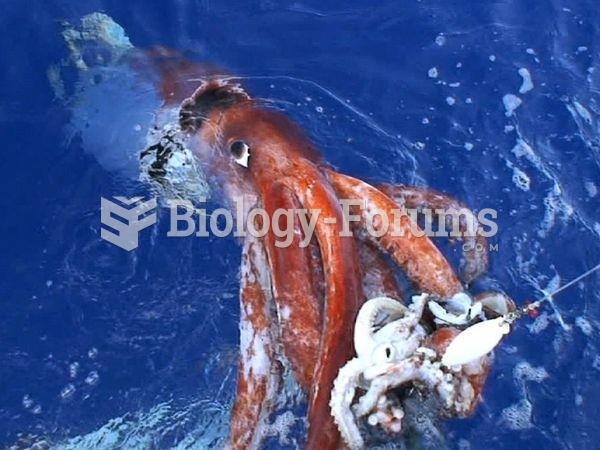Studies show conclusively that if large groups of children watch a great deal of televised violence, they will be more prone to behave aggressively. In other words, not all children will become more aggressive, but many will. Especially during adolescence, viewing lots of violence on television is associated with actual increases in aggression against others. It's little wonder that a large panel of medical and psychological experts recently concluded that media violence is a serious threat to public health. It is fair to say, then, that televised violence causes aggression in viewers, especially children? Fortunately, that would be an exaggeration. Televised violence can make aggression more likely, but it does not invariably cause it to occur for any given child. Many other factors affect the chances that hostile thoughts will be turned into actions. Among children, one such factor is the extent to which a child identifies with aggressive characters. That's why it is so sad to find TV heroes behaving aggressively, as well as villains. A case in point is the popular Power Rangers TV programs for children. In each episode, the Power Rangers morph into superheroes who use karate and other violent actions to conquer monsters. After watching an episode of the Power Rangers, a group of 7-year-old children committed seven times more aggressive acts than a control group that didn't watch. The aggressive children hit, kicked, and karate-chopped their peers, often directly imitating the Power Rangers. Younger children, in particular, are more likely to be influenced by such programs because they don't fully recognize that the characters and stories are fantasies. Youngsters who believe that aggression is an acceptable way to solve problems, who believe that TV violence is realistic, and who identify with TV characters are more likely to copy televised aggression. In view of such findings, it is understandable that Canada, Norway, and Switzerland have restricted the amount of permissible violence on television. Should all countries do the same? What is the overall tone of this passage?
a. neutral
b. apathetic
c. ambivalent
d. concerned
Question 2
Studies show conclusively that if large groups of children watch a great deal of televised violence, they will be more prone to behave aggressively. In other words, not all children will become more aggressive, but many will. Especially during adolescence, viewing lots of violence on television is associated with actual increases in aggression against others. It's little wonder that a large panel of medical and psychological experts recently concluded that media violence is a serious threat to public health. It is fair to say, then, that televised violence causes aggression in viewers, especially children? Fortunately, that would be an exaggeration. Televised violence can make aggression more likely, but it does not invariably cause it to occur for any given child. Many other factors affect the chances that hostile thoughts will be turned into actions. Among children, one such factor is the extent to which a child identifies with aggressive characters. That's why it is so sad to find TV heroes behaving aggressively, as well as villains. A case in point is the popular Power Rangers TV programs for children. In each episode, the Power Rangers morph into superheroes who use karate and other violent actions to conquer monsters. After watching an episode of the Power Rangers, a group of 7-year-old children committed seven times more aggressive acts than a control group that didn't watch. The aggressive children hit, kicked, and karate-chopped their peers, often directly imitating the Power Rangers. Younger children, in particular, are more likely to be influenced by such programs because they don't fully recognize that the characters and stories are fantasies. Youngsters who believe that aggression is an acceptable way to solve problems, who believe that TV violence is realistic, and who identify with TV characters are more likely to copy televised aggression. In view of such findings, it is understandable that Canada, Norway, and Switzerland have restricted the amount of permissible violence on television. Should all countries do the same? The author of this passage probably believes that
a. violence portrayed on television programs in the U.S. should be restricted. b. Power Rangers make good role models for young children.
c. children should be allowed to watch whatever they want on television.
d. children should be taught karate as a means of self-defense.







